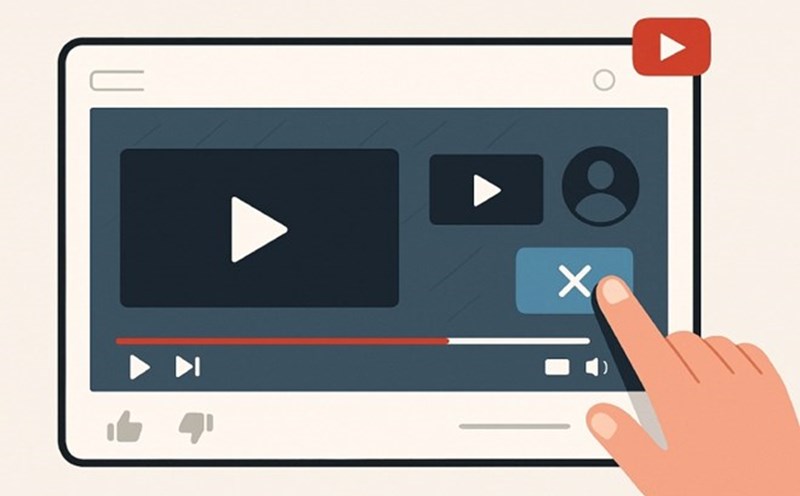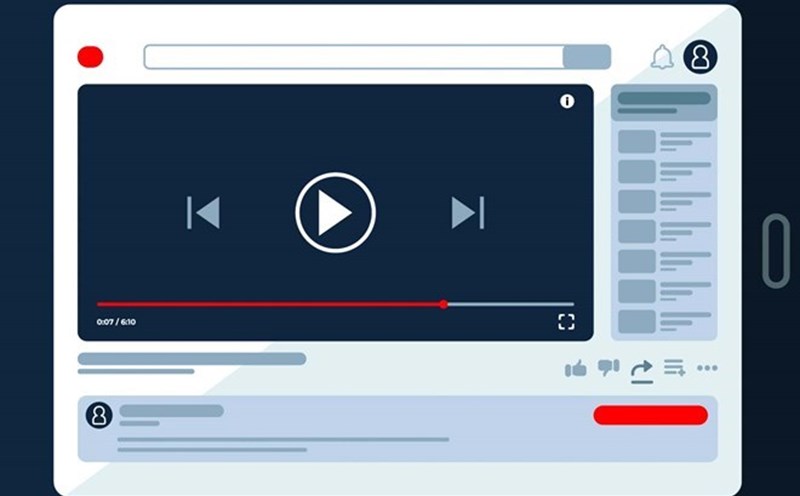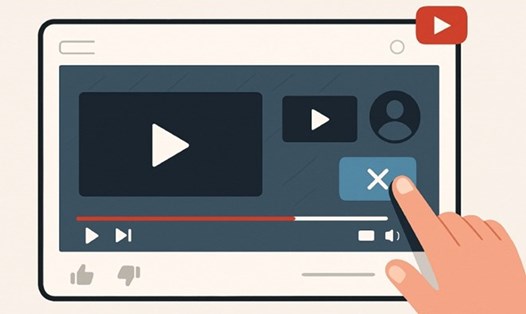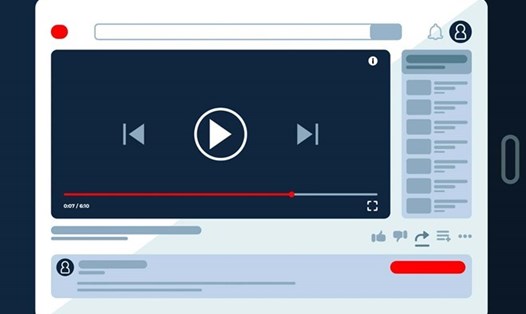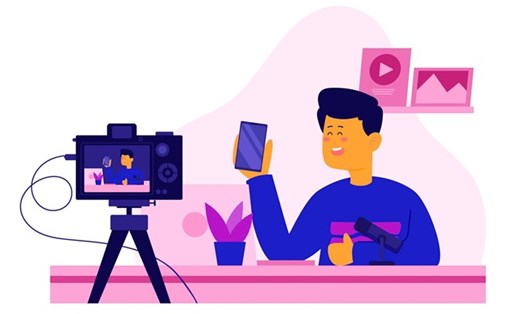YouTube has just announced that it has paid more than 8 billion USD to the music industry in the period from July 2024 to July 2025, marking a new record in the journey to develop the world's largest online music platform.
According to Mr. Lyor Cohen, YouTube's Director of Global Music, this number is a testament to the fact that advertising and paid subscribers are active. "This is not the end, but a steady advance in the journey to build a lasting home for every artist, musician and publisher worldwide," Cohen shared at the Billboard Latin Music Week event.
YouTube's $8 billion payment to the music industry over the past 12 months has increased by $2 billion compared to 2022, and doubled compared to 2021, when the new platform reached the $4 billion mark. This shows the strong growth rate of the revenue model combining advertising and Premium subscriptions, which is becoming a "backbone" in YouTube's ecosystem.
YouTube said that there are currently more than 125 million subscribers to YouTube Music and YouTube Premium worldwide, including trial users. Along with that, 2 billion viewers log in monthly to watch music content on the platform. The platform is present in more than 100 countries and supports 80 languages, helping to expand the influence of music to every corner of the world.
However, like Spotify, the main competitor in music streaming, this money is not only flowing into the artist's pockets, but is also divided among record labels, publishers, musicians and other stakeholders in the music value chain. Spotify also previously announced that it has spent more than 10 billion USD on the music industry in 2024, 1 billion USD higher than in 2023.
In September, at the "Made on YouTube" event, parent company Google also revealed that YouTube has spent more than $100 billion on content creators, artists and media outlets over the past 4 years. This figure strengthens YouTube's central role in the global creative economy.
Experts say that with this growth momentum, YouTube is reshaping the relationship between the platform, artists and listeners. At the same time, this also affirms its position as the leading financial driver of the digital music industry.

